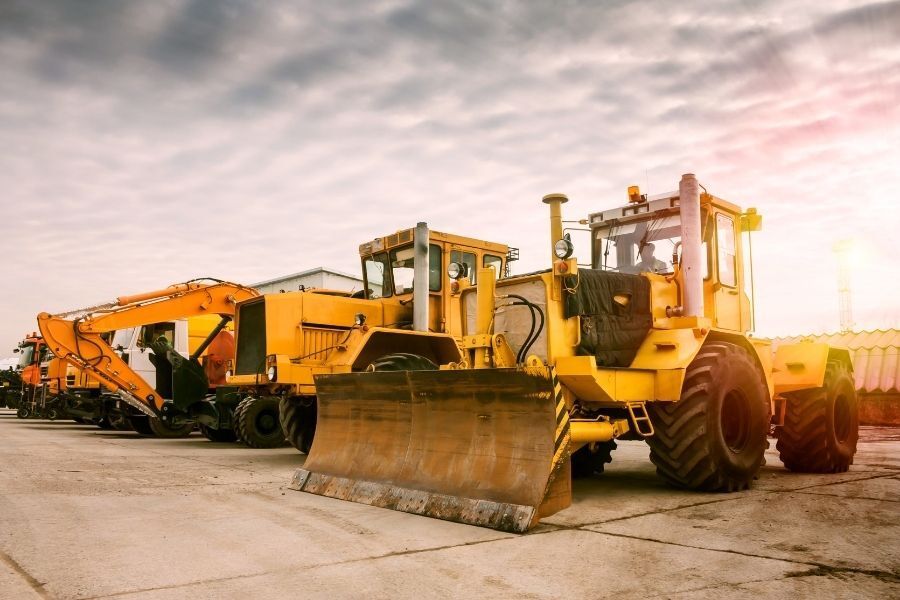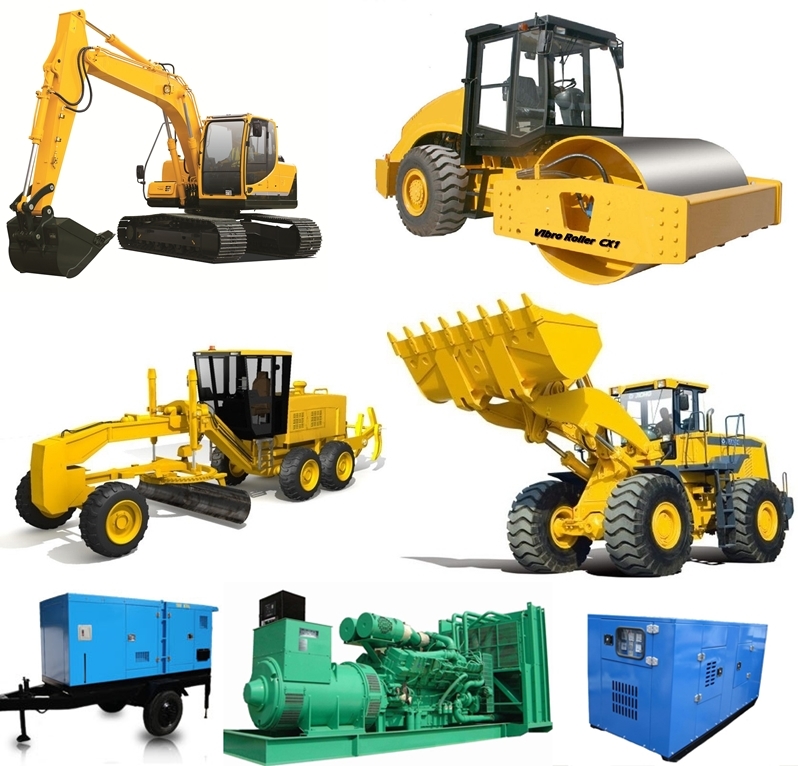Forklift Rental: Heavy Training Equipment for Warehousing and Extra
Forklift Rental: Heavy Training Equipment for Warehousing and Extra
Blog Article
Maximize Your Spending Plan by Recognizing the Costs Associated With Construction Tools Leasings
Comprehending the complete scope of expenses linked with building tools leasings is crucial for maximizing your spending plan. What strategies can be utilized to efficiently take care of these costs and make sure an extra efficient rental experience?
Introduction of Rental Costs
When taking into consideration building equipment services, understanding the associated expenses is paramount for reliable budgeting and project preparation. Rental expenses can vary dramatically based on numerous elements, consisting of equipment kind, duration of service, and location. The first rental fee commonly mirrors the equipment's market demand and its linked operational abilities, affecting the overall expenditure.
In addition to the base rental rate, secondary costs might occur, such as transport fees, fuel additional charges, and maintenance costs. It is vital to make up these additional expenses to precisely assess the total price of renting tools. In addition, the rental period can affect rates; longer rentals may get approved for affordable rates, while short-term rentals could incur greater day-to-day charges.

Failure of Rental Rates
A comprehensive understanding of rental prices is vital for specialists and job managers intending to enhance their budget plans. Rental rates for construction equipment typically consist of several components, consisting of base prices, time-based fees, and usage fees.
Base rates are the core costs connected with the leasing of the devices, frequently determined by the kind and dimension of the machinery. These rates can differ substantially, influenced by aspects such as tools need, accessibility, and regional market fads. Time-based costs, which might be daily, weekly, or monthly, serve to accommodate various task timelines and rental durations.
Additionally, rental rates may consist of usage charges, which are suitable when equipment is made use of beyond a specified limit, guaranteeing that the rental company can make up damage. Seasonal demand fluctuations can likewise affect rental prices, with peak construction periods usually commanding greater costs.
Moreover, recognizing the rental firm's plans regarding upkeep and insurance can give further understanding into the total expense structure. By evaluating these parts, specialists can make educated decisions, making sure the selection of rental devices straightens with both project needs and budget plan restraints.
Added Fees to Consider
Comprehending the details of additional fees is important for service providers to handle their total rental costs successfully. Past the typical rental prices, numerous additional costs can considerably affect the total cost of equipment rental. These costs often find more info include distribution and pick-up charges, which can vary based on range and logistics associated with delivering the equipment to and from the job website.
In addition, some rental firms might enforce gas surcharges if the devices is returned with less gas than when rented out. It is additionally important to be aware of possible cleansing fees, specifically for specific tools that calls for complete upkeep after use.

Completely reviewing the rental arrangement and clearing up these added charges upfront can aid service providers prevent unexpected prices and ensure that budgets continue to be intact throughout the job lifecycle.
Repair And Maintenance Expenditures
Routine repair and maintenance costs are typically overlooked aspects that can considerably affect the general expense of building equipment services. When renting devices, it is essential to take into consideration not just the rental fees however also the prospective prices connected with maintaining the machinery in optimum operating condition.
Lots of rental companies include fundamental upkeep as component of the rental contract; nevertheless, more unforeseen failures or extensive repair work can cause added expenditures. It's necessary to examine the rental agreement carefully to understand what maintenance services are covered and what obligations drop on the occupant.
In addition, equipment that is not well-maintained can result in inefficiencies at work website, possibly creating hold-ups and raising job prices. To minimize these threats, it is suggested to perform routine inspections and maintain open communication with the rental company pertaining to any type of problems that occur during use.
Insurance and Liability Prices
Insurance policy and responsibility costs are vital parts that can considerably influence the total cost of construction equipment services (boom lift rental). These costs make certain that both the rental firm and the customer are protected from potential financial losses occurring from accidents, damages, or burglary throughout the rental period

In addition, clients need to understand any deductibles or exclusions in the insurance plan, as these can impact potential out-of-pocket costs. Recognizing the conditions of any insurance policy coverage is crucial to stay clear of unforeseen prices. Ultimately, budgeting for insurance coverage and responsibility expenses can assist make certain a smoother rental experience and safeguard versus economic risks associated with building tasks.
Conclusion
In final terramite backhoe thought, an extensive understanding of the expenses associated with construction tools leasings is important for reliable spending plan management. Inevitably, educated decision-making regarding tools leasings contributes to the overall success of construction undertakings.
Rental expenses can vary substantially based on numerous elements, including equipment type, duration of service, and area (heavy equipment rental). The rental duration can impact rates; longer leasings may qualify for affordable rates, while temporary services may incur higher day-to-day fees
By performing detailed research study and engaging with reputable rental business, contractors can properly browse the intricacies of rental rates, ultimately optimizing their monetary sources.
Past the basic rental rates, various extra charges can substantially impact the total price of equipment rental. Rental business often supply obligation insurance that covers injuries to 3rd events or damages to property, while devices damages insurance coverage can cover the price of repair work or substitute if the rented devices is harmed.
Report this page